Guitar Repairs 101: Coil-splitting a humbucking pickup (part one)
Ed Mitchell (of Ed's Shed-fame) tackles the tasks that we can't fit in the mag!
In this first instalment of the Guitar Repairs 101 column, we're going to begin the process of coil-splitting a humbucking pickup. Read the rest of his instalments on coil-splitting a humbucking pickup.
'Don't you mean coil-tapping?' we hear you cry. Nope. When we shut down one of the coils in a humbucker to produce a single coil tone, the correct term is coil-splitting.
A coil-tap is more commonly found in specially-wired single coil pickups. It allows a proportion of the pickup's copper winding to be 'switched on and off' to alter output and tone. So, it's a very different beast.
The right kind of pickup for coil-splitting
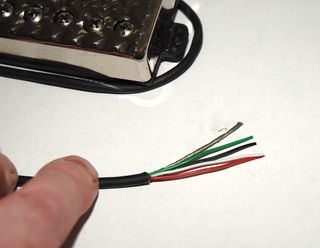
To coil-split you're gonna need pickups with four-conductor wiring (above). Take a look inside your guitar's control cavity and with any luck you'll see four coloured wires (usually red, green, white and black), and a bare earth wire that pokes out the end of the pickup cable. If so, you're good to go.
The wrong kind of pickup for coil-splitting
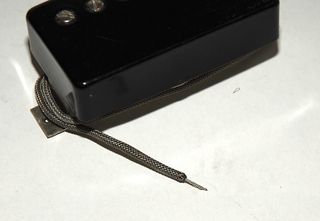
If your guitar's pickup has coaxial or vintage style single conductor cable with a braided shield (above), you're out of luck. Either live with it or buy replacement pickups with four-conductor wiring from the likes of Seymour Duncan, DiMarzio or Bare Knuckle. There are plenty of 'buckers out there to choose from...
Tools for the job

In our next instalment, we will take a look at the various switching options available to you and how to work out the wiring configuration for your brand of humbucker. In the meantime, gather together the tools you'll need to complete this job (above). All of the following are available from your local DIY store:
- A soldering iron: buy a 30 or 40-watt iron that comes with its own stand. Expect to pay around £15.
- Solder: use resin core solder. You'll get a roll of the stuff for about three quid.
- Safety glasses: solder can 'spit' so protect your peepers. At less than £10 a pair, safety glasses are a no-brainer.
- Wire cutters: you'll get a decent pair of snips for under a tenner. You can use them to trim guitar strings too.
- Screwdrivers: you'll need 'em to remove scratchplates, control cavity covers, pickup surrounds and to get the pickups off of their surrounds. Use the correct size screwdrivers to avoid damaging screws.
See you next month! Read Guitar Repairs 101: Coil-splitting a humbucking pickup (part two)
Get the MusicRadar Newsletter
Want all the hottest music and gear news, reviews, deals, features and more, direct to your inbox? Sign up here.
Ed Mitchell - FixYourOwnDamnGuitar.com
Check out Ed's Shed in TG202 (on sale now) for advice on how to string your guitar with different machineheads.
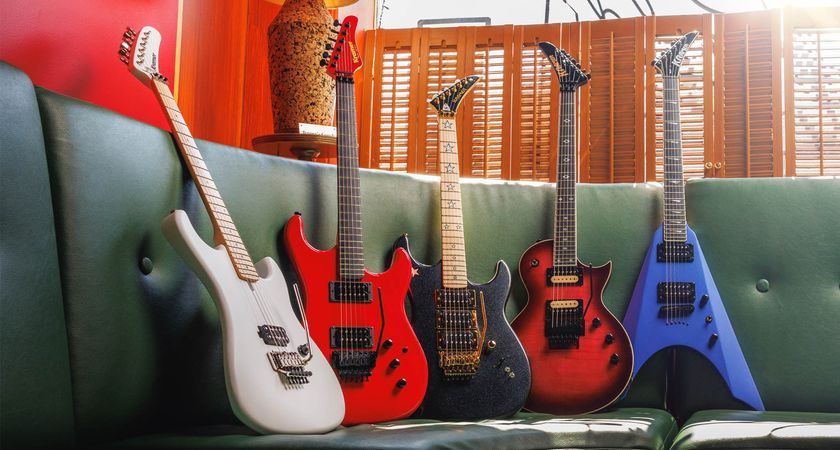
“For players who want more – more pickups, more speed, and more in-your-face Kramer attitude”: Kramer delivers the face-melting shred candy with six refreshed electrics, complete with US-made pickups
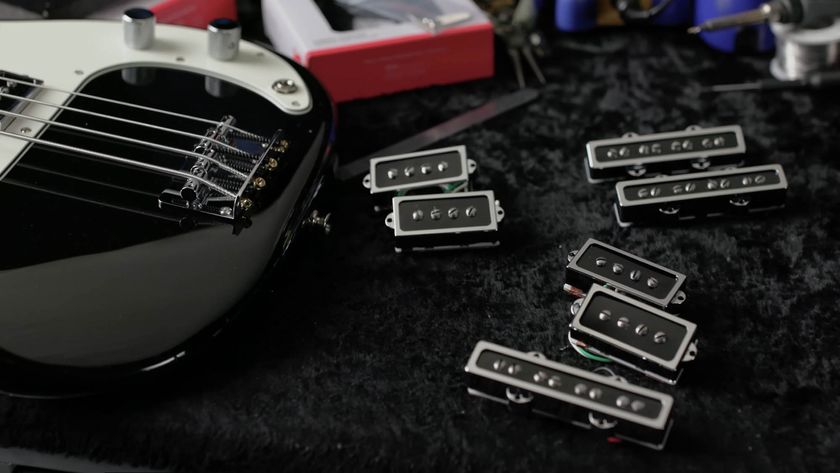
“The perfect magnetic combination to unlock the full tonal potential of your P/J Bass”: Fender releases a Tim Shaw-designed Chrome Cobalt pickups for the P/J configured bass guitar in your life



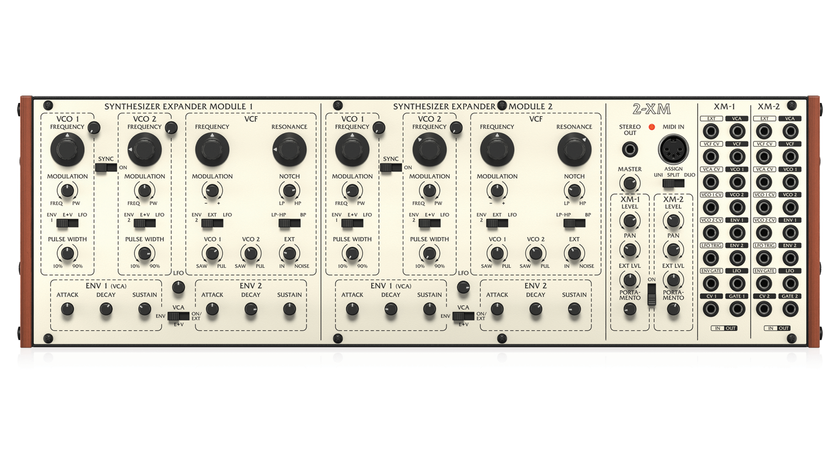





![Chris Hayes [left] wears a purple checked shirt and plays his 1957 Stratocaster in the studio; Michael J. Fox tears it up onstage as Marty McFly in the 1985 blockbuster Back To The Future.](https://cdn.mos.cms.futurecdn.net/nWZUSbFAwA6EqQdruLmXXh-840-80.jpg)